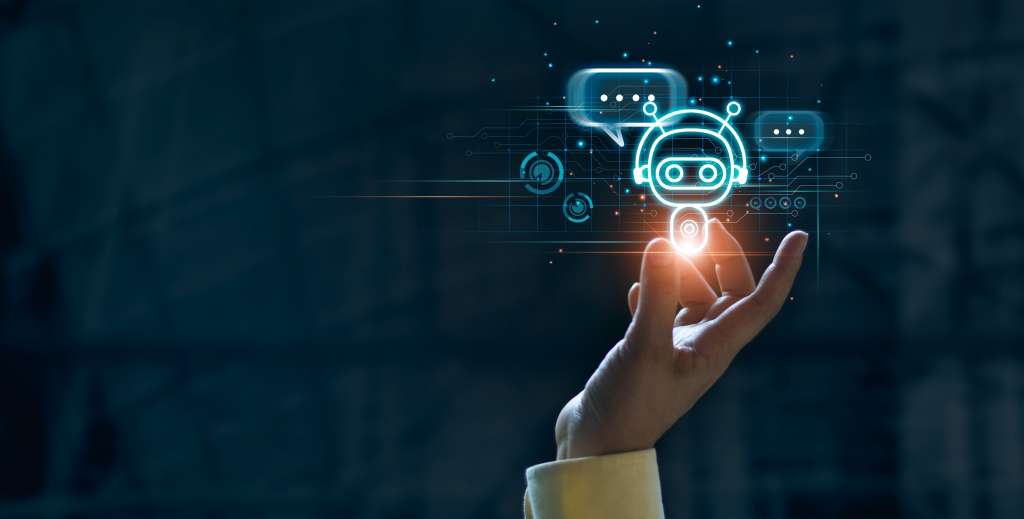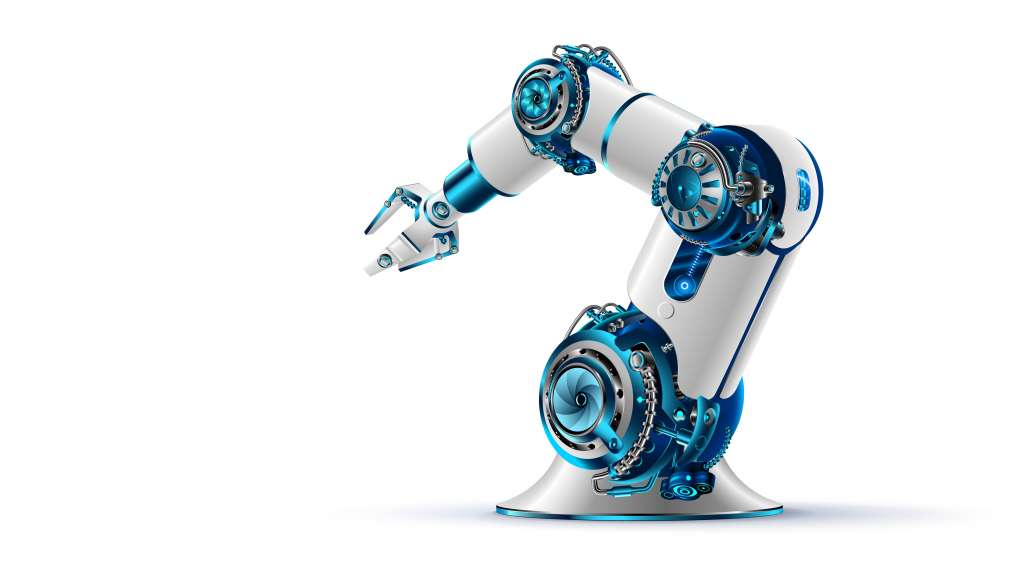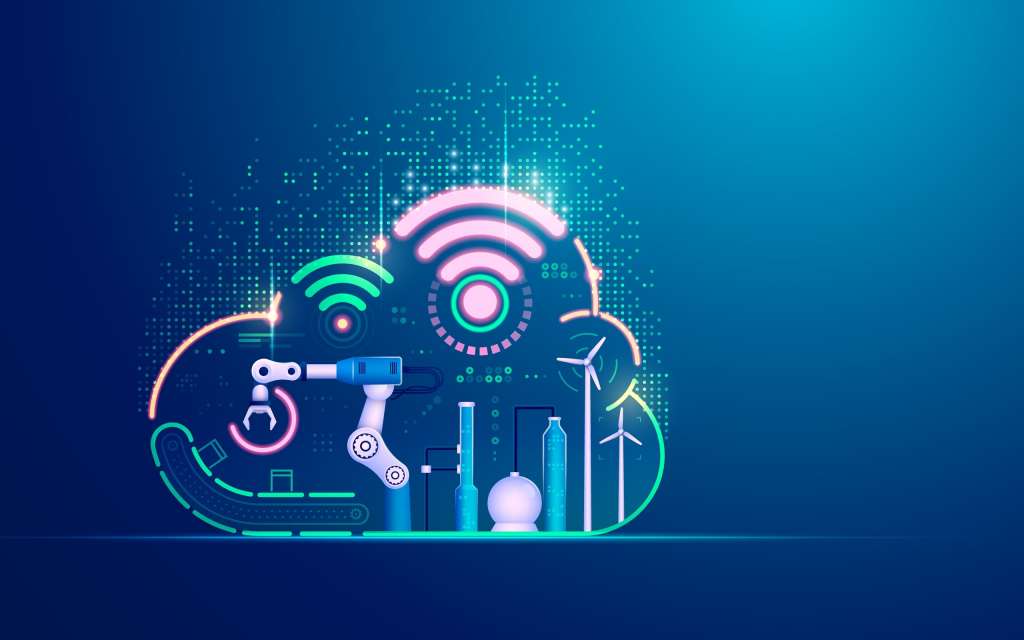New Innovations in Artificial Intelligence and Machine Learning we can Expect in 2023 & Beyond


Summary: There has been a lot of buzz around artificial intelligence. However, not many people know what to expect in 2023 and beyond. Here are a few key artificial intelligence trends to expect in the coming years in the next couple of decades. These predictions are made by top thinkers and innovators in the artificial intelligence space.
The future of artificial intelligence is bright. Whether it is about building new apps with the help of bots or leveraging the use of intelligent virtual assistants that can understand human language through natural language processing (NLP) and deep learning algorithms, new artificial intelligence has conquered the world.
In 2022, both proponents of artificial intelligence and its detractors were presented with the glories of machine learning. At first, glance, having a specialized tool that can handle complicated tasks like writing a thesis on the perils of late-stage capitalism or cataloguing expressive visuals of how urban areas might look in the wake of unrestrained climate changes, AI delivered on several fronts that the wider populace can recognize.
Industry-specific AI streamlined automation and improved the speed and accuracy of labour-intensive processes. Artificial intelligence has the potential to significantly reduce the backlog in practically every sector, including manufacturing, healthcare, and more, given the correct data sets.
AI and ML Trends for 2023 and Beyond
1. Metaverse
It is a virtual environment, similar to the Internet, where users can collaborate and communicate through unique experiences. The cost of digital property in the metaverse came to $106 million. The breakthroughs that will advance the metaverse are AI and ML. With the use of virtual AI-powered chatbots, they will assist businesses in building a virtual environment where users will feel at home.

2. AI Chatbot
No other piece of technology has achieved the impact that conversational AI chatbots have had on customer service. Conversational chatbot services are AI-powered digital agents that can converse naturally while doing rule-based tasks. Its impact on anything from doing routine operations like answering questions, changing passwords, etc. to comprehending human inquiry is tremendous. It has significantly decreased the operational costs of enterprises by nearly replacing customer care workers.
Additionally, a conversational AI chatbot can create a conversational marketing plan, extend your customer care team to the maximum extent possible, and even employ previous client information to present solutions.
3. Quantum Computing
To calculate machine learning algorithms and produce results that are not achievable on a standard computer, quantum computing is used. AI has made remarkable strides in recent years but is still constrained by technological limitations. The barriers to achieving artificial general intelligence (AGI) can be removed using quantum computing. A quantum computing-powered AI can finish years of research in a matter of hours.
4. Virtual Agents
Virtual agents, often known as virtual assistants, automate mundane tasks so that employees can concentrate on more important tasks. AI-enabled voice assistants replace interactions with current and potential customers, improve product discovery, and provide product recommendations. As a result, they are used in many different industries, such as retail and the food industry.
They also help HR teams with induction, resume analysis, and choosing the best candidates. To automate client contacts and reduce the time spent on administrative tasks, entrepreneurs develop intelligent virtual assistants.
5. GPT - 4
GPT-4, the GPT-3's replacement, is about to launch in 2023. The pre-trained framework and profound learning techniques used to generate writing that reads like human-written material are combined with more potent masterpieces to yield astounding outcomes.
There are reports that GPT-4, the next iteration of OpenAI's project, will be released this year. Microsoft and OpenAI stated a few months ago that GPT-3 could be further enhanced by training the model with optimized hyperparameters (an enhancement of choosing the best fusion of hyperparameter values to maximize performance proficiently) and training the GPT-4 model around this model with 10–20x bigger tokens to handle and compute data.

6. Foundational Robotics Model
A crucial indicator for tracking AI development has been the foundation model. The foundation model of today is exceptional and has a huge capacity to offer amazing solutions.
Generally speaking, the foundation model is characterized as an intelligent AI that has been trained on a sizable amount of large datasets. This implies that the key to every surprising moment is what the eye first sees.
To provide a superior foundation model for robotics, organizations developing next-generation technologies are exorbitantly making efforts. The advent of this new technology—a new foundation model framework soon be experienced by automated driving, drones, industrial robots, and humanoid robots.
What to Expect

If we look back at 2022, we will notice that predictions made by artificial intelligence have grown tremendously and gloriously. The GPT-3 model, emotional AI, and UI/UX improvement through new artificial intelligence are just a few remarkable developments. We've also witnessed advancements in NLP and computer vision and better AI use by organizations.
While scientists and industry observers will witness some new, unheard-of developments in the domain of artificial intelligence in 2023, some of these breakthroughs will continue to have an impact.
Fashion brands can identify and manage suppliers with the aid of Fashinza. To match companies with the finest suppliers, they have a sophisticated technology platform that employs data science and artificial intelligence.
Key Takeaways
- In the past few years, we have seen a lot of advancements in artificial intelligence and how it is being used to solve various problems.
- Artificial Intelligence may seem like a futuristic concept but it is slowly revolutionizing the world around us.
- In the future, we will see more AI-powered translation services that can translate text, speech, and even images in real time.
Partner with Fashinza



















